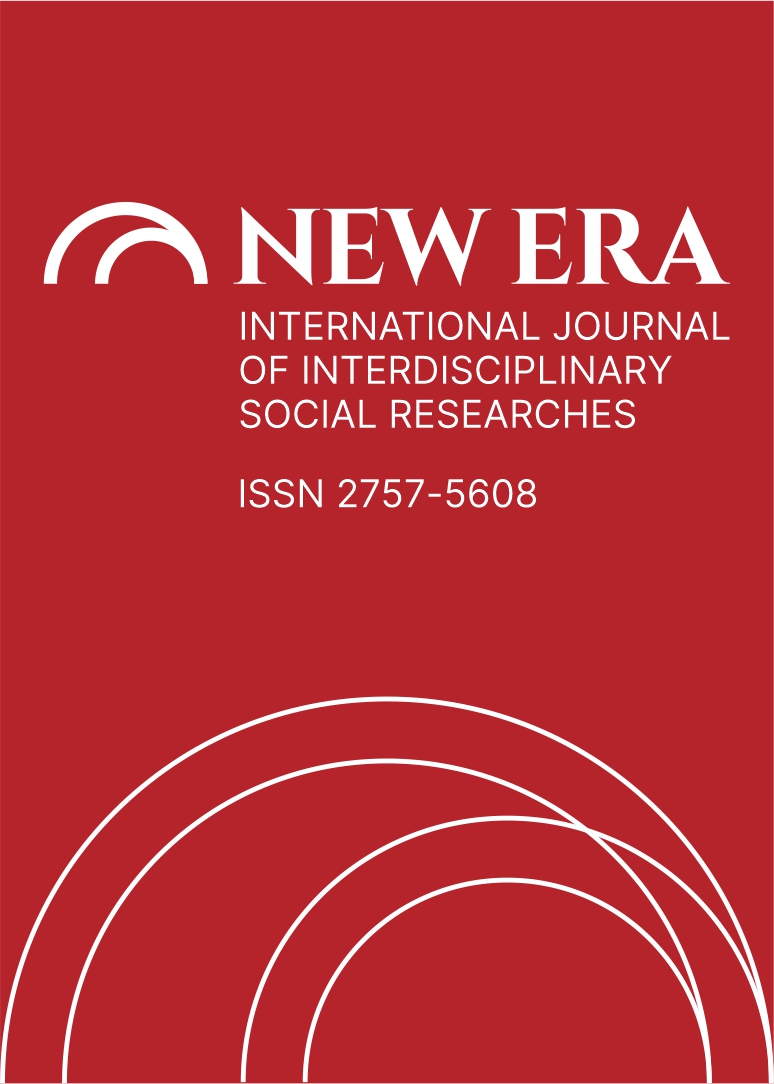A STUDY ON THE CARTEL PHENOMENON IN THE TURKISH BANKING SECTOR
DOI:
https://doi.org/10.5281/zenodo.7442415Abstract
Customers are the only victims of "Cartelism", an illegal profit system that is calculated, planned and implemented behind closed doors in many sectors. The aim of the banks by forming a cartel is to increase the loan interest rates of the real or legal persons who will use the loan, and to gain interest in more amounts than the loan users. The Competition Board Presidency announced that the competition violation detected by 12 banks between 21.08.2007 and 22.09.2011 was penalized at different rates, based on the duration of the competition violation, taking into account the first and last evidence. If the banking services are received in a period when the relevant bank is in violation of competition, the customer may request compensation from the relevant bank. It is aimed to contribute to the literature as a result of the examination of the competition literature in the banking sector and the determination of the damage caused by the cartel with the help of the regression model.
References
Arslan, R. (2008). Türk Bankacılık Sisteminde Rekabet Stratejileri ve Yayılım Süreci, Uşak Üniversitesi Sosyal Bilimler Dergisi, 1(2): 125-141.
Ayaydın, H. ve Karakaya, A. (2014). The Effect of Bank Capital on Profitability and Risk in Turkish Banking. International Journal of Business and Social Science, 5(1): 252-271.
Aygün, E. (2008), Rekabet Hukukunda Para Cezaları: Teori ve Pratik, Rekabet
Kurumu Uzmanlık Tezleri Serisi, No: 86, Ankara.
Bennaceur, S. ve Goaied, M. (2008). The Determinants of Commercial Bank Interest Margin and Profitability: Evidence from Tunisia, Frontiers in Finance and Economics, 5(1): 106-130.
Ćurak, M., Poposki, K. ve Pepur, S. (2012). Profitability Determinants of the Macedonian Banking Sector in Changing Environment, Procedia Social and Behavioral Sciences, 44: 406-416.
Çalmaşur, G. ve Daştan, H. (2016). Türk Bankacılık Endüstrisinde Piyasa Yapısı ve Karlılık İlişkisi, Ege Akademik Bakış Dergisi, 16(2): 363-378.
Çörüş, Sinan (2012). Kartellerin Tespit Edilmesinde Davranışsal Tarama Teknikleri, Rekabet Kurumu Başkanlığı Yayınları, Yayın No: 276, Ankara.
Davis, S. (1994). Mükemmel Bankacılık, Çev: Azer ÖNAL, İstanbul.
Gülhan, Ü. ve Uzunlar, E. (2011). Bankacılık Sektöründe Kârlılığı Etkileyen Faktörler: Türk Bankacılık Sektörüne Yönelik Bir Uygulama, Atatürk Üniversitesi Sosyal Bilimler Enstitüsü Dergisi, 15(1): 341-368.
Lande, R.H. (2009), The Price of Abuse: Intel and the European Commission Decision, The Online Magazine For Global Competition Policy, http://dx.doi.org/10.2139/ssrn.1434985, Erişim Tarihi: 28.10.2022.
Mermod, Y. A. (2008). Bankacılıkta Etik Kavramı ve Banka Üst Düzey Yöneticilerinden Beklentiler, Marmara Üniversitesi İİBF Dergisi, XXV(2): 499- 520.
Oksay, M. S. (2003). Türk Bankacılık Sisteminin Gelişiminin, Dünya Bankacılık Sistemindeki Gelişmeler Işığında Değerlendirilmesi ve Günümüze Yansıyan Yapısal Sorunların Tespiti: 1980-1990 Dönemi, Banka Maliye ve Ekonomik Yorumlar, 1(40).
Petria, N., Capraru, B. ve Ihnatov, I. (2015). Determinants of Banks’ Profitability: Evidence From EU 27 Banking Systems, Procedia Economics and Finance, 20: 518-524.
Sahile, S.W.G., Tarus, D.K. ve Cheruiyot, T.K. (2015). Market Structure-Performance Hypothesis in Kenyan Banking Industry, International Journal of Emerging Markets, 10(4): 697-710.
Staikouras, C. ve Wood, G. E. (2004). The Determinants of European Bank Profitability. International Business and Economics Research Journal, 3(6): 57-68.
Wils, W.P.J. (2006). Optimal Antitrust Fines: Theory and Practice, World Competition 29(2): 183-208.
Yüksel, A. S., Yüksel, A., Yüksel, Ü. (2002). Banka Yönetimi El Kitabı, Alfa Yayınları, İstanbul.
www.rekabet.gov.tr
Downloads
Published
How to Cite
Issue
Section
License
Copyright (c) 2022 NEW ERA INTERNATIONAL JOURNAL OF INTERDISCIPLINARY SOCIAL RESEARCHES

This work is licensed under a Creative Commons Attribution-NonCommercial 4.0 International License.


